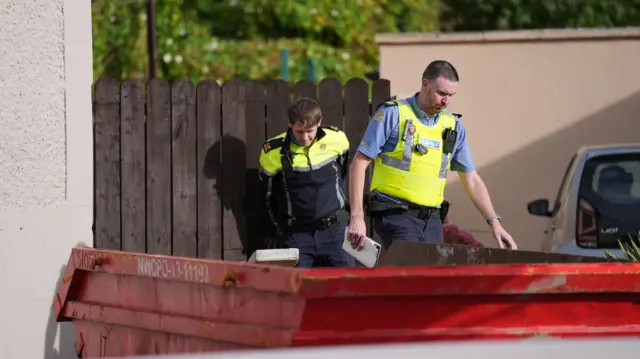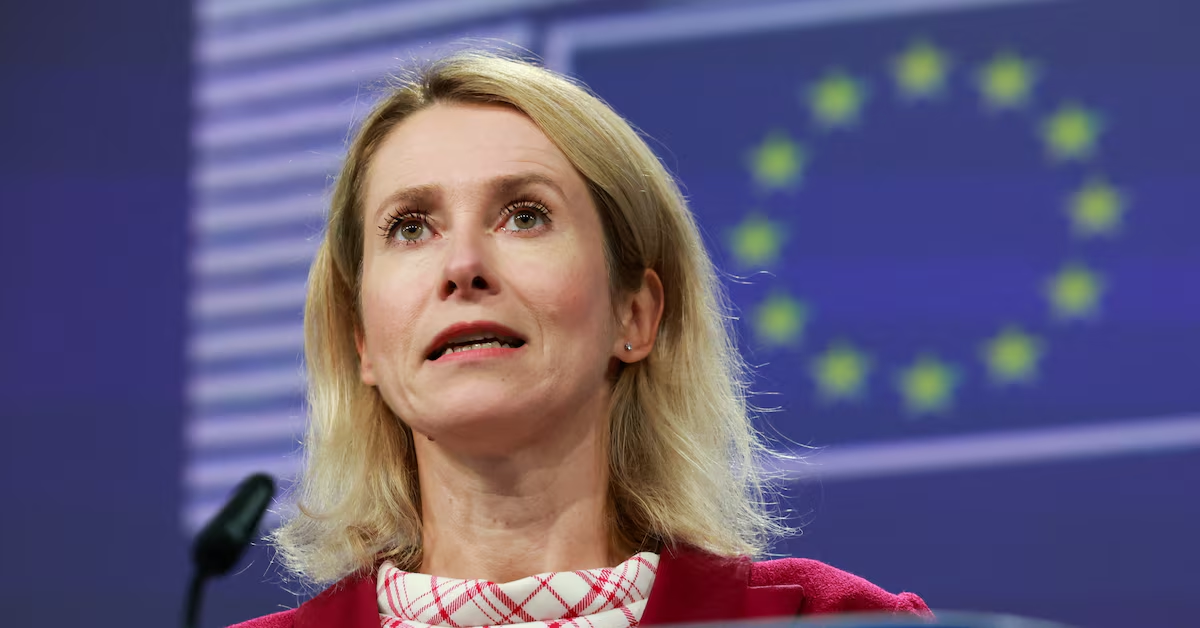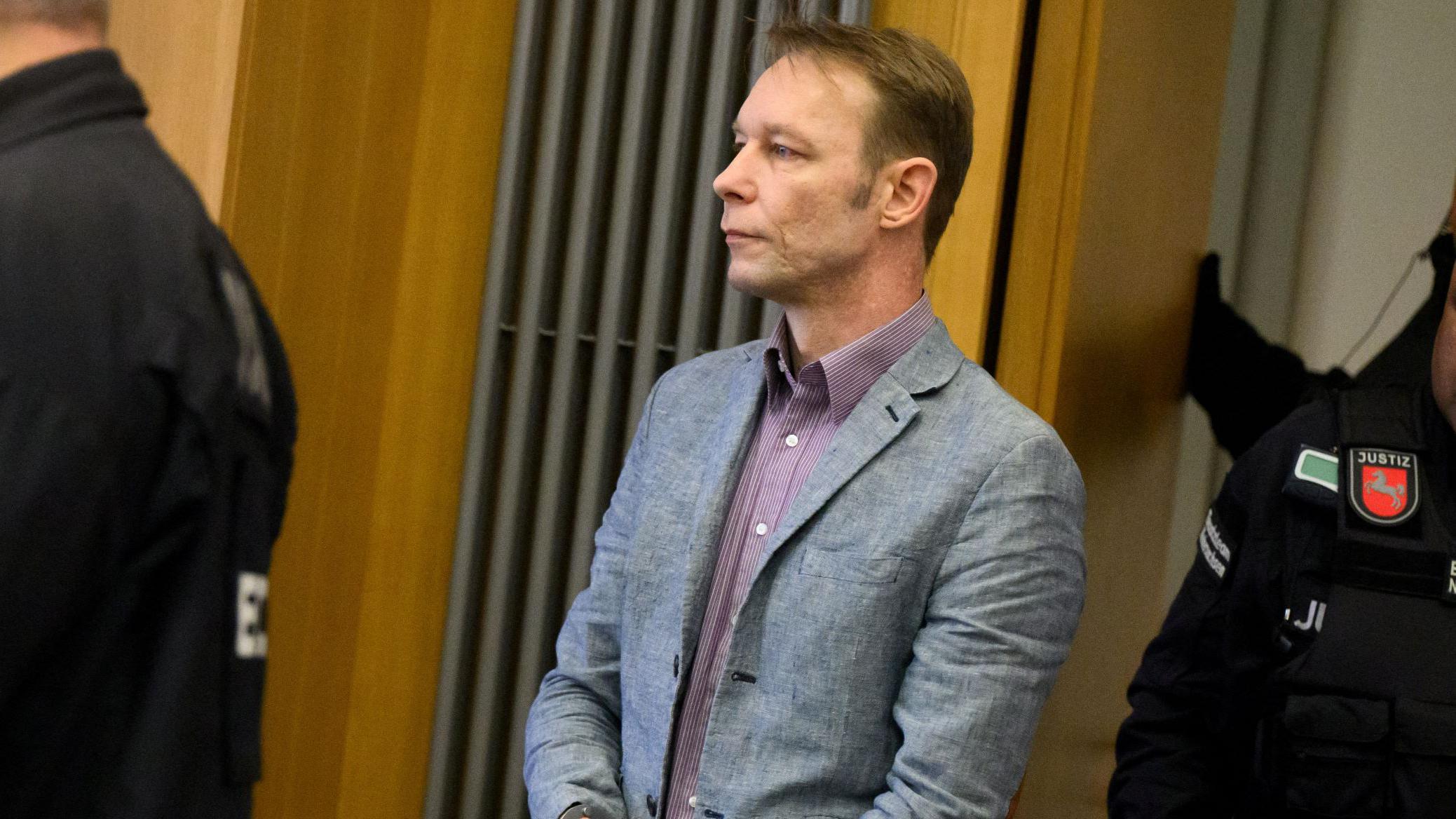The Heartbreaking Discovery in Donabate
On September 17, 2025, Irish police, known as An Garda Síochána, uncovered human skeletal remains in a wasteland near Donabate, North Dublin, believed to be those of Daniel Aruebose, a boy missing for over four years. This grim discovery ended a weeks-long search sparked by concerns raised by Tusla, Ireland’s child and family agency, on August 29, 2025. Daniel, who would be seven if alive today, was last seen in 2022 at the age of two and a half, living at The Gallery Apartments in Donabate. The case has gripped Ireland, raising questions about child welfare systems and how a child could vanish unnoticed for so long.
A Child Lost in the System
Who Was Daniel Aruebose?
Daniel Aruebose was a young boy living in a family setting in Donabate, a quiet coastal town about 10 miles north of Dublin. Born to an Irish father and a mother originally from Africa but now an Irish citizen, Daniel’s early life was marked by interaction with Tusla, which had engagements with his family until 2020. After that, no further concerns were reported until August 2025, when Tusla alerted gardaí to his absence. The fact that Daniel’s disappearance went unnoticed for years has sparked outrage and disbelief across Ireland.
The Timeline of Disappearance
The timeline of Daniel’s case is murky, with gaps that investigators are still piecing together. He was last confirmed alive in 2022, around age two and a half, but no one reported him missing until Tusla raised the alarm in 2025. Gardaí believe he may have died around four years ago, with one theory suggesting natural causes followed by an unreported burial. The lack of records—Daniel never attended school—further obscured his absence from authorities.
How Could This Happen?
The question haunting Ireland is how a child could disappear for four years without anyone noticing. Tusla’s last contact with Daniel’s family was in 2020, and no new referrals came until 2025, when the Department of Social Protection flagged an issue. This gap exposed cracks in Ireland’s child welfare system, prompting calls for reform and an independent review of closed cases from the pandemic era. It’s a sobering reminder of how vulnerable children can slip through even well-intentioned systems.
The Investigation: A Race Against Time
The Search in Donabate
Following Tusla’s alert, gardaí launched a meticulous search on open ground near Portrane Road in Donabate. Using cadaver dogs from the Police Service of Northern Ireland, forensic anthropologists, and mechanical diggers, the operation was both intensive and sensitive. After nearly three weeks of digging, skeletal remains were found close to the initial search site, confirming fears that Daniel was no longer alive. The remains now await DNA analysis for formal identification.
Engaging with the Family
Gardaí have been in contact with Daniel’s parents, who are no longer together. His mother, still residing in Dublin, has cooperated with the investigation, while his father, now living in South America, has been interviewed remotely. Conflicting accounts have emerged: the mother reportedly claimed the boy was killed by her ex-partner, while the father insists Daniel died of natural causes and was buried in a shallow grave. These discrepancies underscore the complexity of the case.
Forensic Challenges and Next Steps
The discovery of skeletal remains poses significant forensic challenges. A post-mortem examination is crucial to determine the cause of death—whether natural, accidental, or foul play. Gardaí are proceeding cautiously, with the exhumation process described as “careful and sensitive” to preserve evidence. The investigation, led by a Senior Investigation Officer at Swords Garda Station, continues to explore all circumstances surrounding Daniel’s disappearance.
A Pattern of Oversight: The Case of Kyran Durnin
Eerie Parallels with Another Missing Child
Daniel’s case draws chilling comparisons to that of Kyran Durnin, another boy whose disappearance went unnoticed for years. Kyran, last seen in June 2022 at age six, was reported missing in August 2024, and gardaí now presume him murdered. Like Daniel, Kyran’s absence was only flagged by Tusla after a significant delay, raising similar questions about systemic failures. Both cases have fueled public anger and demands for accountability.
Comparing the Two Cases
| Aspect | Daniel Aruebose | Kyran Durnin |
|---|---|---|
| Age at Disappearance | 2.5 years (2022) | 6 years (2022) |
| Reported Missing | August 2025 | August 2024 |
| Last Known Location | The Gallery Apartments, Donabate | Drogheda, Co. Louth |
| Current Status | Remains found, presumed dead | Presumed murdered, no remains found |
| Tusla Involvement | Last contact in 2020 | Last contact unclear, review ongoing |
| Investigation | Focused on Donabate wasteland | Searches in Drogheda and Dundalk |
This table highlights the similarities between the cases, particularly the delayed reporting and Tusla’s involvement, pointing to broader issues in child welfare oversight.
Systemic Failures Under Scrutiny
Both cases have exposed vulnerabilities in Ireland’s child protection system. Tusla’s limited follow-up after 2020 in Daniel’s case, and the lack of school records for both boys, suggest gaps in monitoring vulnerable children. The Irish government, led by Taoiseach Micheál Martin, has vowed to investigate these failures, with Minister for Children Norma Foley expressing deep sadness and promising reforms.
The Emotional Toll on a Community
A Town in Mourning
Donabate, a close-knit community, has been shaken by the discovery. Locals describe a somber mood, with many holding impromptu vigils to honor Daniel. One resident, speaking anonymously, shared, “It’s heartbreaking to think a little boy was lost here, and none of us knew. We’re a small town—we should’ve noticed something.” The tragedy has prompted soul-searching about community responsibility and awareness.
The Human Side of the Story
Imagine being a parent in Donabate, hearing about Daniel’s case on the news. You hug your kids a little tighter, wondering how such a tragedy could unfold so close to home. I recall a conversation with a friend who works in social services, who teared up discussing cases like these. “Kids like Daniel don’t just vanish,” she said. “Someone, somewhere, missed something.” Her words stuck with me, a reminder of the human cost of systemic oversights.
Public Reaction and Social Media Sentiment
Posts on X reflect a mix of grief and outrage. One user wrote, “How does a child disappear for YEARS and no one notices? Tusla and the gardaí need to answer for this.” Another urged compassion, saying, “Blaming won’t bring Daniel back. Let’s focus on fixing the system.” These sentiments underscore the public’s demand for answers and reform, though some posts contain unverified claims that gardaí are treating with caution.
The Broader Implications for Child Welfare
Why Child Welfare Systems Matter
Child welfare agencies like Tusla exist to protect vulnerable children, but cases like Daniel’s and Kyran’s reveal the limits of their reach. Overworked staff, fragmented communication, and gaps in follow-up during the COVID-19 pandemic likely contributed to these oversights. Strengthening these systems requires more funding, better training, and robust inter-agency collaboration to ensure no child is forgotten.
Pros and Cons of Current Child Welfare Practices
Pros:
- Dedicated Agencies: Tusla employs trained professionals focused on child safety.
- Legal Framework: Ireland has strict laws to protect children, with mandatory reporting requirements.
- Community Support: Local communities often rally to support vulnerable families.
Cons:
- Resource Constraints: Underfunding limits staff capacity and follow-up checks.
- Systemic Gaps: Lack of integration between agencies like Tusla, schools, and gardaí.
- Pandemic Disruptions: Reduced oversight during COVID-19 left vulnerable children unmonitored.
What Can Be Done to Prevent Future Tragedies?
- Enhanced Monitoring: Regular welfare checks for children in at-risk households, even after case closure.
- Inter-Agency Collaboration: Real-time data sharing between Tusla, schools, and gardaí to track children’s status.
- Community Awareness: Programs to educate communities on spotting signs of neglect or absence.
- Technology Integration: Use of AI-driven tools to flag discrepancies in school or social service records.
These steps could help close the gaps that allowed Daniel and Kyran to slip through unnoticed.
People Also Ask (PAA)
What happened to Daniel Aruebose?
Daniel Aruebose, a boy missing since 2022, is believed to have died around that time at age two and a half. Gardaí found skeletal remains in Donabate, North Dublin, on September 17, 2025, presumed to be his. The investigation continues to determine the cause of death.
Why wasn’t Daniel reported missing earlier?
Daniel’s absence went unnoticed due to a lack of school enrollment and no new referrals to Tusla after 2020. His family’s circumstances, including his parents’ separation and his father’s relocation abroad, complicated oversight. Systemic gaps during the pandemic also played a role.
What is Tusla doing about this case?
Tusla is conducting an internal review of its interactions with Daniel’s family, which ended in 2020. The agency has been directed to review all cases closed during the pandemic to prevent similar oversights. They are cooperating fully with the gardaí investigation.
How can the public help with the investigation?
Gardaí are urging anyone with information about Daniel’s whereabouts or circumstances to contact Swords Garda Station at 01 666 4700 or the Garda Confidential Line at 1800 666 111. They also warn against spreading unverified rumors.
FAQ Section
How old was Daniel Aruebose when he went missing?
Daniel was approximately two and a half years old when he was last seen in 2022. He would be seven years old today if alive.
What is the role of Tusla in Ireland?
Tusla is Ireland’s Child and Family Agency, responsible for child protection, foster care, and family support services. It works to ensure the safety and well-being of children across the country.
Are there other similar cases in Ireland?
Yes, the case of Kyran Durnin, a six-year-old missing since 2022 and presumed murdered, shares striking similarities with Daniel’s case. Both highlight systemic issues in child welfare monitoring.
What tools can communities use to prevent such tragedies?
Communities can advocate for better child welfare policies, participate in awareness programs, and use platforms like ChildWatch Ireland to report concerns. Local schools and gardaí stations are also key resources for raising alarms.
How can I stay updated on this case?
Follow reputable news outlets like The Irish Times or RTÉ for updates. You can also check gardaí press releases at www.garda.ie for official statements.
Moving Forward: A Call for Change
The discovery of Daniel Aruebose’s remains is a tragedy that has shaken Ireland to its core. It’s a stark reminder that even in a country with robust child protection laws, systemic gaps can have devastating consequences. As gardaí continue their investigation, the nation watches, hoping for answers that might bring closure to Daniel’s family and community. But beyond answers, this case demands action—reforms to ensure no child is ever forgotten again.
If you’re moved by Daniel’s story, consider supporting organizations like ISPCC, which advocate for child welfare, or contacting your local representatives to push for stronger protections. Together, we can honor Daniel’s memory by building a system where every child is seen, valued, and protected.




